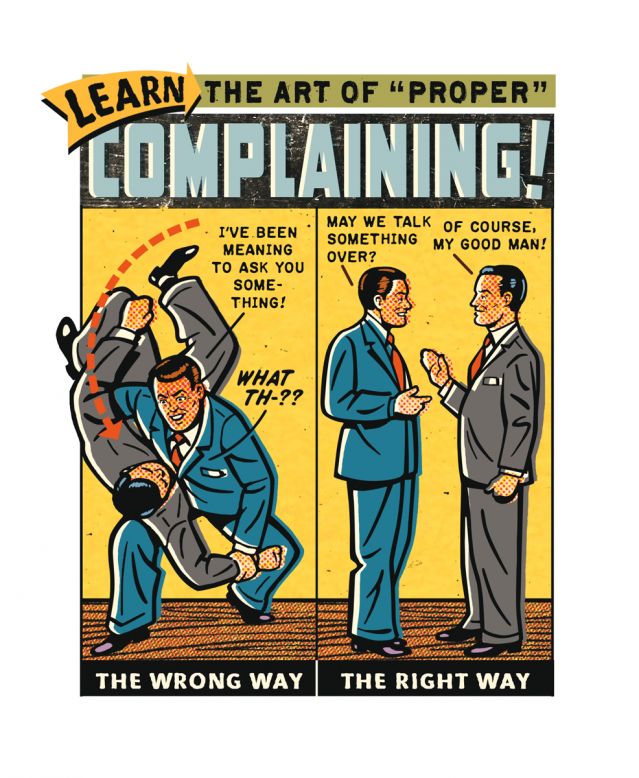Science and Art of Influence through attitude and Effective Business Presentation
To be a leader, first I have to know the people I want to lead. Do not objectify the people. The best example can be how far we are from our colleagues. I must humanize them, their presence in my life.
Whom I care most? – The person I like. There are some principles that can help me to influence others.
Principle of liking. I have to do something that makes people like me. Love is not enough, essential is “liking”.
Principle of likeness, which is “similarity”. People loves themselves and others who are like them.
Principle of reciprocity. I can pay it back or I can pay it forward. People like to give back. It is in human nature. So if I pay first, human beings feel obligated to give/pay back. Giving is the best communication.
Business presentation is a technical skill. The most critical business communication skill, very rare though. It is far more significant than letters, emails, phone calls or any other forms of business communication. Presentation is an opportunity. I should always ask for presentation. Why people ask for presentation? – Because they want to take decision.
People fear uncertainty that is why they fear darkness. Confidence is the function of knowledge and preparation.
Business presentation is not public speaking. It has specific topic, specific agenda, money target, Question Answer session, senior crowd and etc. It is just a structural conversation, nothing else. It will be my story. I will be in charge. The audience has no power, I hold the key. So there is nothing to be confused. I cannot give the confused look. Enthusiasm is the key. And I should avoid melodrama. I need to figure out what really matters, what is new, what is unique, valuable and present these in my presentation.



Comments
Post a Comment